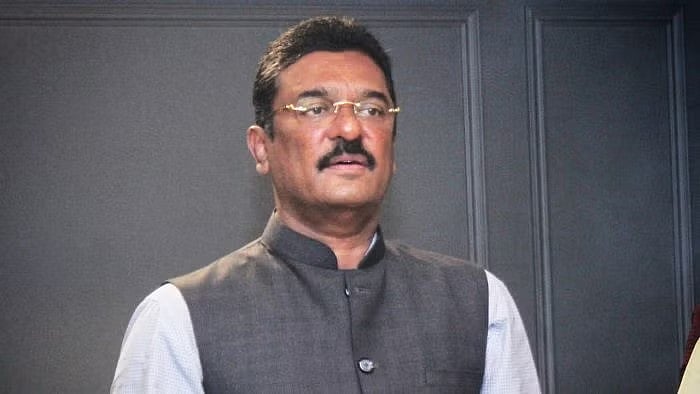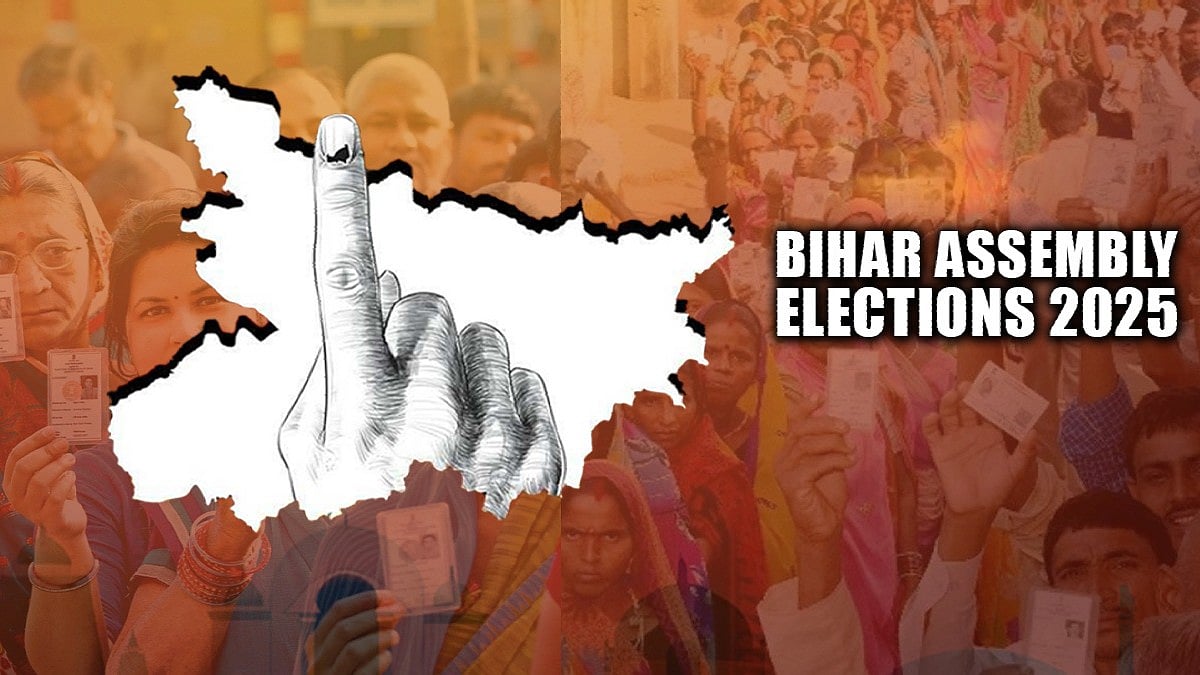Currency and money, while often used interchangeably, have different meanings. Money is a term that refers to the intangible system of value allowing for trading to take place. Whereas, currency is the tangible form of money. It is a medium of exchange for goods and services.
What does it mean to have a strong currency?
A strong currency is a globally traded currency that serves as a reliable and stable source of value. These currencies are safe havens since strong currencies are likely to remain more resilient in the face of political or economic turmoil or instability. Currency strength is measured using exchange rates, which suggest the value of one currency compared to another. This is also referred to as the exchange rate. Another way of determining the market value of a currency is by looking at the purchasing power parity (PPP), which compares the relative cost of a standardised basket of goods between countries. Exchange rates provide a snapshot of market value, while PPP assesses long-term equilibrium.
The rupee, over the years:
The strength of the Indian rupee has conventionally been measured against the US dollar since the USD is the most traded currency globally making it extremely powerful. Before 1947 as the British colonised India, the rupee was directly influenced by the economic conditions in Britain. When the great depression hit the US and then rocked the entire world in 1930, it shattered the world economy. India, which was a British colony, faced double the impact. However, after gaining independence from 1947 to March 1993, the government adopted the fixed exchange rate system which was aimed to stabilise international trade but failed to let the currency adjust to changing economic conditions. The wars between Pakistan and China and the Gulf wars strained the Indian rupee leading the exchange rate to rise from ₹3.30 in 1947 to ₹17.01 in 1991. On the contrary, from 1991 to 2000 India went through significant reforms, and shifted from a fixed exchange rate system to a more flexible one.
However, by 2000 the exchange rate had risen to ₹45 per USD due to India’s need to attract foreign capital and address trade imbalances. Furthermore, the Asian financial crisis and Indian efforts to modernise the economy were key factors that led to this depreciation. Even though India has been experiencing rapid economic growth, global events like the 2008 financial crisis and the COVID-19 pandemic have influenced exchange rates worldwide resulting in $1 being equal to ₹83.
This raises the question of whether a strong currency is beneficial. The exchange rate of a currency has immense economic implications:
Firstly, a strong currency makes a country’s goods more expensive in the international market, reducing exports as they fail to match competitive prices. However, a strong currency allows for more imports from other countries because the citizens of the importing country find them cheap. This brings sellers to the doorstep of the country with a strong currency.
A weak currency makes imports very expensive. It also finds that it has to export a larger volume of goods to make the same amount of money it earned earlier because its goods fetch little foreign currency.
When imports become expensive and the larger volume of exports does not earn much foreign currency, inflation is more likely. That is why countries with weaker currencies suffer from inflationary pressures.
Countries with a weaker currency have to find niche areas where they can charge higher prices because few countries offer those specific goods and services. Export-driven sectors, such as textiles and IT services, benefit from a weak currency as foreign buyers are attracted to the lower prices, enhancing competitiveness and increasing market share globally. On the other hand, import-driven sectors, like pharmaceuticals and manufacturing, face challenges as the cost of imported raw materials rises, increasing production costs and consumer prices. Therefore, balancing currency strength is crucial for maximising economic benefits across different sectors.
Secondly, a strong currency impacts inflation by having more purchasing power, allowing it to buy more foreign goods for the same amount of domestic currency. This reduces import costs, lowering overall price levels and helping to keep inflation low. It is important for India to have a strong currency since it imports a substantial amount of energy and raw materials. Lower import costs can reduce inflationary pressures, leading to a more stable economic environment.
Thirdly, the strength of the currency can significantly impact foreign investment. If the Indian rupee strengthens, one unit of foreign currency would buy fewer rupees. If the rupee appreciates from ₹75 to ₹70, then a US investor will need more of the dollar to buy the same amount of Indian rupees. The increased cost of purchasing Indian assets can result in a lower attractiveness of investing in India since investments become more expensive. Investors often demand higher returns to justify the increased cost which leads to more selective investment decisions reducing the foreign direct investment. Between 1991 and 2000, there were many economic reforms in India making the economy more liberalised. Despite the rupee’s depreciation during the 1990s, the reforms and liberalisation measures improved investor confidence and market stability, leading to increased foreign investment. The cheaper rupee made Indian assets more attractive to foreign investors, who could invest more capital at a lower cost.
The strength of the Indian rupee significantly impacts the economy and daily life in India. A strong rupee boosts the purchasing power of consumers, making imports and international travel more affordable, while influencing job creation differently across sectors. Export-driven industries benefit from a weaker rupee, enhancing competitiveness and employment, whereas import-dependent sectors gain from a stronger rupee, reducing costs and supporting job growth. However it is important to note that the advantages and disadvantages of having a stronger currency will depend on the way the country manages its economic policies.
Balancing the rupee’s strength is crucial. The period from 1991 to 2000 showed that effective currency management, alongside economic reforms, can attract foreign investment and ensure economic stability. As India continues to grow, maintaining this balance will be key to sustaining a robust and inclusive economy.
Vidhushi Karnani, a 17-year-old student at Bombay International School, is a passionate and eager learner, with a particular interest in economics












